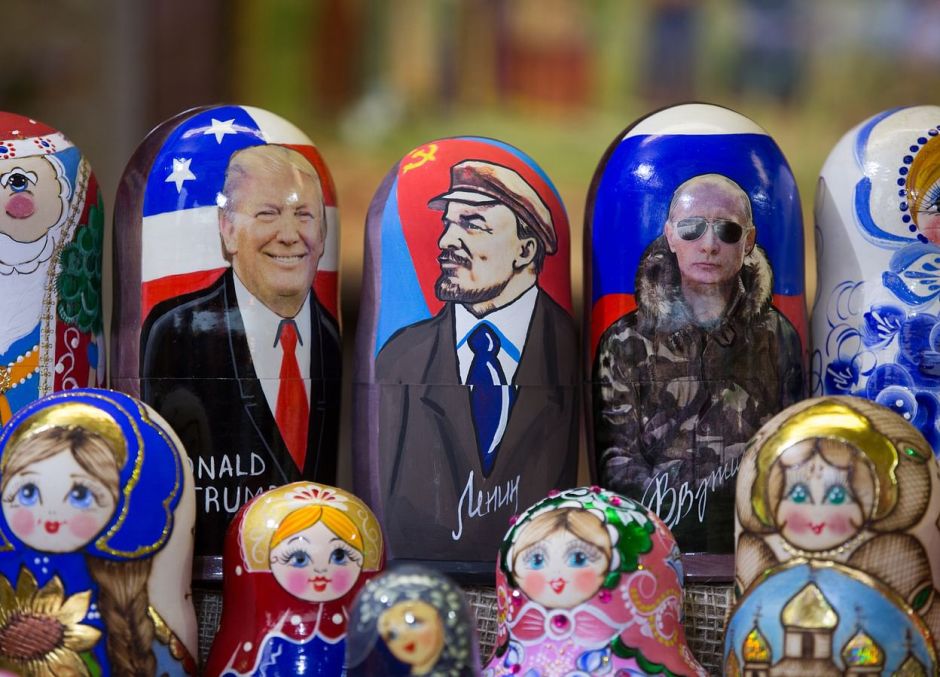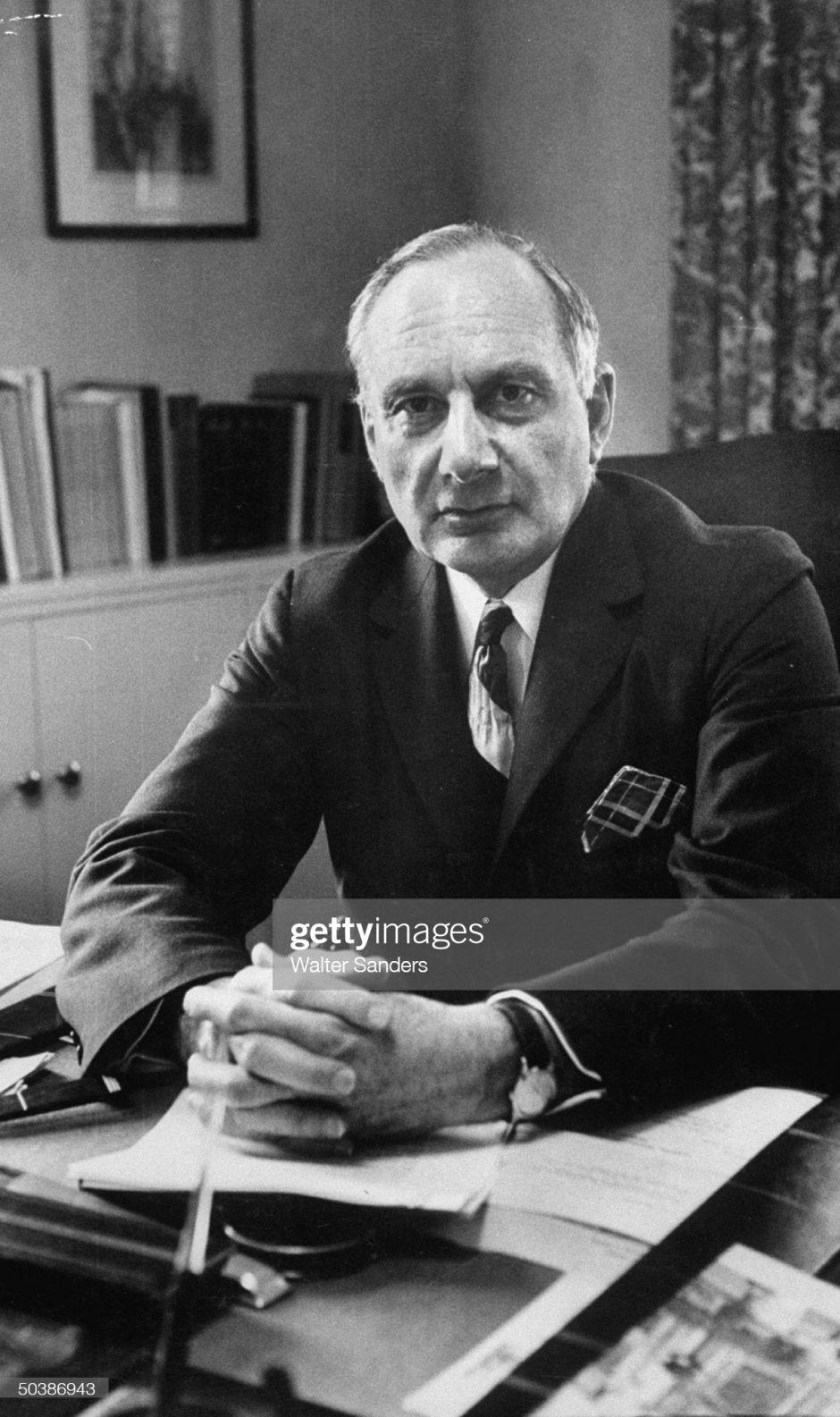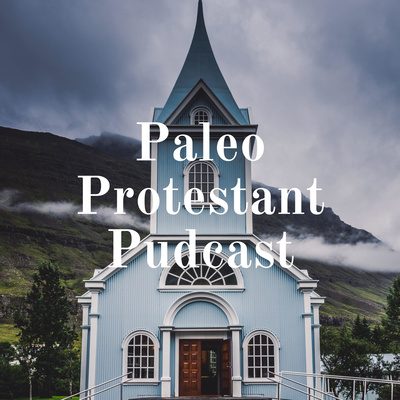The Broadening Church was the word the title of Lefferts Loetscher’s book about the Presbyterian controversy of the 1920s and 1930s. It was not the epithet of conservatives like J. Gresham Machen. The question was whether a church should attempt to be broad. Perhaps, the better way to put it is whether the church should oppose breadth. Breadth happens. It may be tolerable (Loetscher’s position), it may be objectionable (Machen’s), or it may be welcome (various modernists’). Whatever you think of a broad church, it pretty much goes without saying that conservatives seek communions that maintain doctrinal, liturgical, and ecclesiastical standards, a desire that generally does not go with breadth. On the other hand, those who either accept passively or celebrate broad communions are not conservative.
To look for parallels between the PCUSA and the PCA and raise the question of whether PCA is following a similar set of trajectories as did the PCUSA during the so-called fundamentalist controversy is to assume that the PCA itself is a broad church. If someone leads with the idea that broad and trending liberal go together throughout church history, then some PCA folk who have spoken positively about the denomination’s breadth may pause their identification with a broad church. They want to be conservative. They also want to be broad. So how do you square breadth with conservatism? Maybe the best you can do is Tim Keller‘s “Why I Like the PCA,” an essay which concedes that the New York City pastor’s communion is broad:
I believe that the only way for the PCA to be a place where we own each other is for us to re-affirrm the original boundary markers that the founders set up.
The founders’ drew very specific boundaries at certain points. One that has always been very important has been a high view of Scripture, with a robust, traditional belief in inerrancy. Another has to do with the core of Reformed theology and soteriology—there are to be no “four point Calvinists” in our church. In many other areas where some Reformed denominations have drawn narrower lines—Sabbath observance, worship (e.g. Psalms-only,) eschatology—the founders left room for diversity.
That sounds very different from what happened in the PCUSA where the church actually tried to do an end run around the PCUSA’s boundary markers. Here it may be useful to recall that the controversy started in 1920 with a plan to unite all Protestant denominations into one American church, like the model that informed the formation of the Presbyterian Church of Canada (1925). The president of Princeton Seminary, J. Ross Stevenson, chaired the committee of Presbyterians who approved the plan Stevenson’s faculty opposed the plan strenuously (including B. B. Warfield during the last year of his life). It was a classic instance of “we should be broad” vs. “we want to maintain Presbyterian standards.”
The next phase of the controversy played out in 1922 when congregations in New York City were behaving very broadly. This became common knowledge when Harry Emerson Fosdick, a liberal Baptist preaching as stated supply in a Presbyterian pulpit, gave his famous sermon, “Shall the Fundamentalists Win?” For Fosdick, the church was divided between those who wanted the church to be narrow and intolerant and those who like himself wanted it to be broad and open to all good souls. Fosdick’s sermon launched judicial proceedings that forced Fosdick out of the Presbyterian pulpit and the New York Presbyterian to explain the anomaly of a Baptist pastor functioning as pulpit supply as a misunderstanding.
Meanwhile, that same presbytery was ordaining ministers would not affirm (nor did the reject) the doctrine of the Virgin Birth. New York’s breadth prompted overwhelming support from officers at the 1923 General Assembly to reaffirm the famous five points of essential and necessary doctrines — which included the virgin birth (which had been affirmed in 1910 and 1916). Some might construe them as boundary markers. But liberals in New York countered with the Auburn Affirmation, which was a plea for liberty in the church (breadth), an interpretation of the essential doctrines in a less than literal manner, and an assertion that the General Assembly lacked power to insist on essential doctrines.
From there it was largely downhill for liberals. The Special Commission of 1925, which had the task of explaining the tensions in the church, blamed conservatives for making unfounded assertions outside the orderly mechanisms of Presbyterian church government. Those un-Presbyterian activities included (by implication) writing books like Machen’s Christianity and Liberalism. The General Assembly followed up with an investigation of Princeton Seminary, again to discover the source of the controversy between Stevenson and his faculty, and between Charles Erdman and Machen. That committee found again that conservatives were the problem and in effect issued a warning that if conservatives continued to criticize liberalism in the denomination those critics could face church discipline. The committee also recommended administrative changes at Princeton that diluted conservative voices (which had been in the majority). Readers should remember that PTS was and remains an agency of the General Assembly (as opposed to independent ones like Westminster, Fuller, and Reformed, or Union Richmond which I believe was founded by a Synod).
Seven years later Machen led in the founding of an orthodox, narrow, and tiny church, the OPC (name to come in 1939). Meanwhile, the PCUSA had managed to remain unified even as it encompassed a spectrum of positions in the church.
Here is how the contemporary broadening of the PCA differs from the PCUSA. You could argue it begins with Good Faith Subscription. According to “Looking Forward – Together,” the determination of the General Assembly twenty years ago was pivotal:
Good Faith Subscription (GFS) was formalized into our Constitution almost twenty years ago to put an end to such unfounded assertions. Two back-to-back General Assemblies and two-thirds of our presbyteries came to a previously and since-unprecedented level of unity to make this Constitutional formulation that allows for meaningful and biblical adherence to our Standards (acknowledging where the Bible allows good men to differ according to a very careful system of checks and balances, where every difference is recorded, approved by entire presbyteries, and submitted for examination to the General Assembly)! The adoption of GFS made recording confessional exceptions mandatory for presbyteries, and has been extraordinarily effective in strengthening our confessional commitments.
Somehow this revision in church life allowed the PCA to do exactly what the denomination had done twenty-five years earlier without the advantages of GFS: “The latitude that our denomination has allowed for, within the bounds of our orthodoxy, protects us from the kind of centralized control or hidden compromise that brought peril to the denomination the PCA left in 1973.”
In other words, GFS accomplished what the PCA had always stood for — latitude (which is synonymous with breadth) even though the PCA in 1973 was formed precisely because the sort of broad church that the PCUSA had achieved in the 1930s was also occurring within the PCUS.
GFS is not what the Auburn Affirmation was. But it is a form of subscribing that is compatible with breadth. GFS is also an action of a General Assembly. The Auburn Affirmation was merely a statement in search of signatures. That is why “Faithfully” can sound sort of threatening to conservatives the way that PCUSA turned out to be with Machen and other critics of liberalism.
Online blogs, Facebook posts, online news agencies, and emails have generally been the modes of much attack, innuendo, and ridicule, with little or no personal interaction with those attacked and cited. In the process, specific brothers in good standing have been labeled – and hurt, but even more frequently, “straw men” are erected without proof. These communications assert that large segments of our church are abandoning Scripture and our Confessional standards. Every sin does violence to God’s world and forsakes his Word, whether the sin of homosexuality, the sin of slander, the sin of compromise, or the sin of divisiveness.
In fact, “Faithfully” implies that conservatives in the PCA are engaged in a power play:
We disagree with digital and social media characterizations that turn suspicions into speculations that become accusations without proof – to achieve political ends within our church. Where compromise or sin is true and can be proven, we have sessions, presbyteries, and judicial processes to engage. We are wrong to presume that all of these are populated by brothers who are less committed to our faith than those ringing alarm bells in internet discussions and news agencies.
That explains why this letter’s appeal to GFS is an important part of the argument. GFS is the law of the church. Anyone who challenges it is running contrary to the settled practice of the PCA. In which case, while the Auburn Affirmation was a plea for liberty in the church, “Faithfully” is a threat against those who challenge the existing breadth in the PCA.
One other important difference between the PCUSA’s becoming broad and the PCA’s current breadth is the degree to which the broadists talk about the relationship between church and society (or hint at a Social Gospel). The Auburn Affirmation was generally silent about society. Progressives in the PCUSA had to worry more about carving out space for themselves in the church than they did about their role in social reform. This is not the case for the PCA, at least by one reading of “Faithfully.” Here are some of the ways, according to the authors of the letter, the PCA has shown it’s commitment to “biblical integrity, ecclesiastical polity, and gospel focus” (none of which sounds very confessional or subscriptionist):
We are seeing a healthy, biblical consciousness for issues that were previously unaddressed in the denomination, including racial reconciliation, refugee care, domestic violence, the vital role of women in advancing the mission of the church, the gospel-centeredness of all Scripture, the importance of mercy ministries and crisis care in the advancement of Christ’s message of hope, and the precious power of God’s covenant care in a society of sexual and family brokenness. For example, without sacrificing our commitment to biblical integrity, the involvement of godly women has been sought for insight on difficult issues affecting children, churches, and families, as evidenced in the recent PCA study committees on the role of women and domestic violence.
Say what you will about those matters and whether the doctrine of the spirituality of the church, which is in the Westminster Confession (ch. 25), was part of the PCUS (and explains why it took until 1983 for the Southern and Northern churches to reunite), and was clearly part (not the whole) of the PCA’s founding, that is not a list of endeavors that would characterize a non-broad or strictly confessional Reformed church. For “Faithfully” to mention these as pretty much obvious signs of the PCA’s health is also to indicate a measure of confirmation bias that in turn construes one sector of a diverse church for the whole.
A similar confusion of broad consensus with actual disagreements is evident in “Faithfully”‘s discussion of the elephant in the PCA room — namely, Side B (or same-sex attracted) Christianity. To avoid that particular matter, “Faithfully” renders the issue as whether or not to ordain practicing homosexuals:
You may have heard that there are PCA pastors who desire to ordain practicing homosexuals – This could not be further from the truth, and is an example of using extremes to ignite alarm and enflame passions among brothers. We agree that any unrepentant sinner or sinful lifestyle makes ordination not only impossible, but also reprehensible. We know of no pastors or elders in the PCA who in any way desire for practicing homosexuals to be ordained.
Fine. But what about pastors who identify as homosexual (though non-practicing) Christians? Would anyone object to a pastor calling himself an adulterous Christian because he is sometimes attracted to women other than his wife? Are these questions ones that agreeing on a basic set of “gospel” commitments while allowing for diversity on variety of indifferent matters will be easily answered? What if basic gospel commitments about sin, human nature, repentance, regeneration — all matters covered under Pastor Keller’s “Reformed theology and soteriology” — actually bubble up into questions about church and society? And what if Side B Christianity is a way to project that the PCA is a tolerant sort of place for residents of large metropolitan areas where people are generally uncomfortable expressing opposition to homosexuality?
Again, breadth seems to be afflicting the PCA. The affliction is certainly different from the broadening of the PCUSA roughly one hundred years ago. But in one way it is similar. “Evangelicals” like Charles Erdman, professor of practical theology at Princeton and opponent of Machen within the seminary and the church, believed a denomination could be broad and committed to the essentials of the gospel. The progressives in the PCA seem to be in a similar position. They are not making the church safe for pastors who question the Virgin Birth. But they, like Erdman, want to avoid being part of a restrictive church.
“Presbyterian” by definition means not Lutheran, not Anglican, not Baptist, not Congregationalist, not Quaker, not Methodist. Of course, someone can be not a Baptist in a disagreeable manner. But if the metric for offensiveness is calibrated to the ethos of cosmopolitan urban centers, the bar for giving offense was just set really low.










